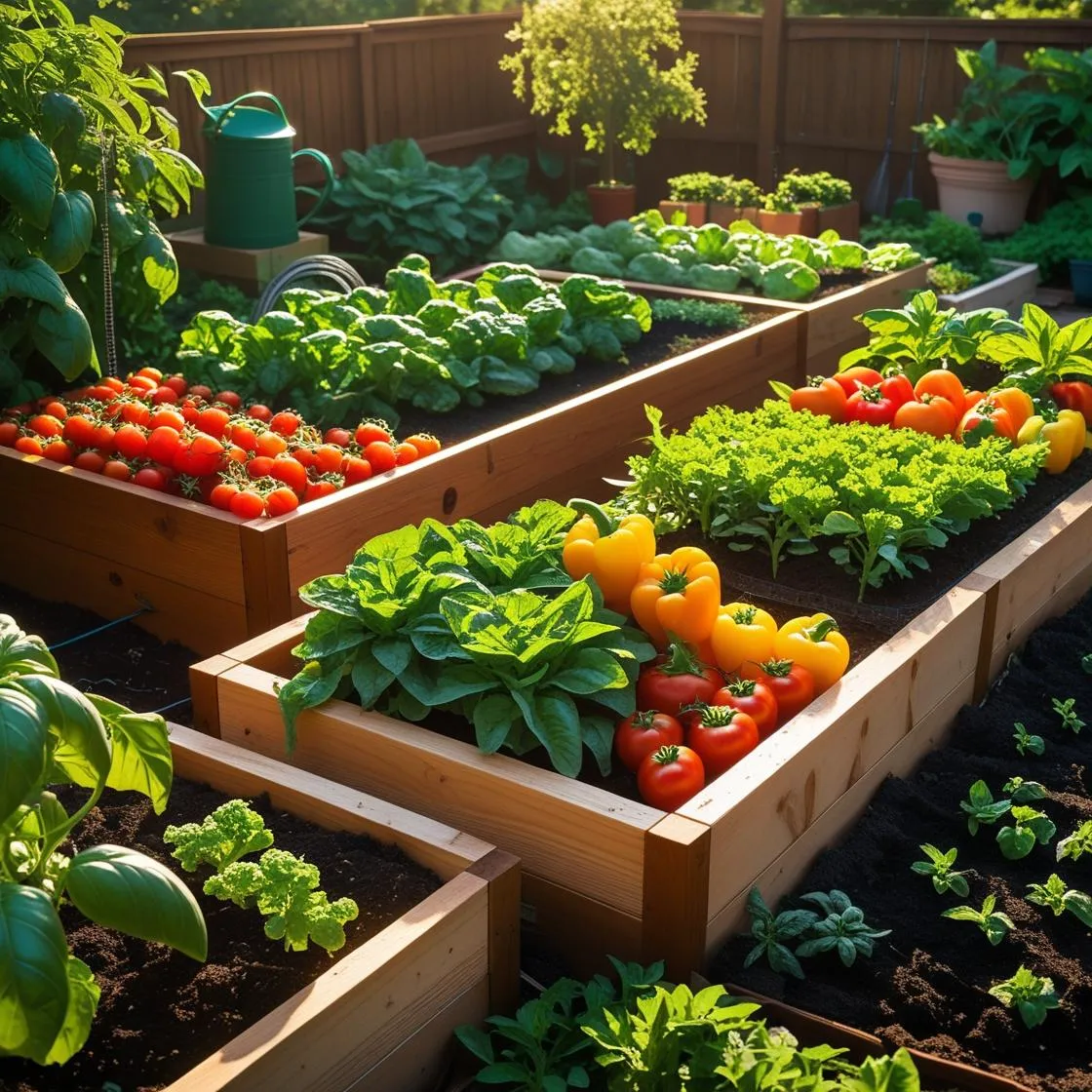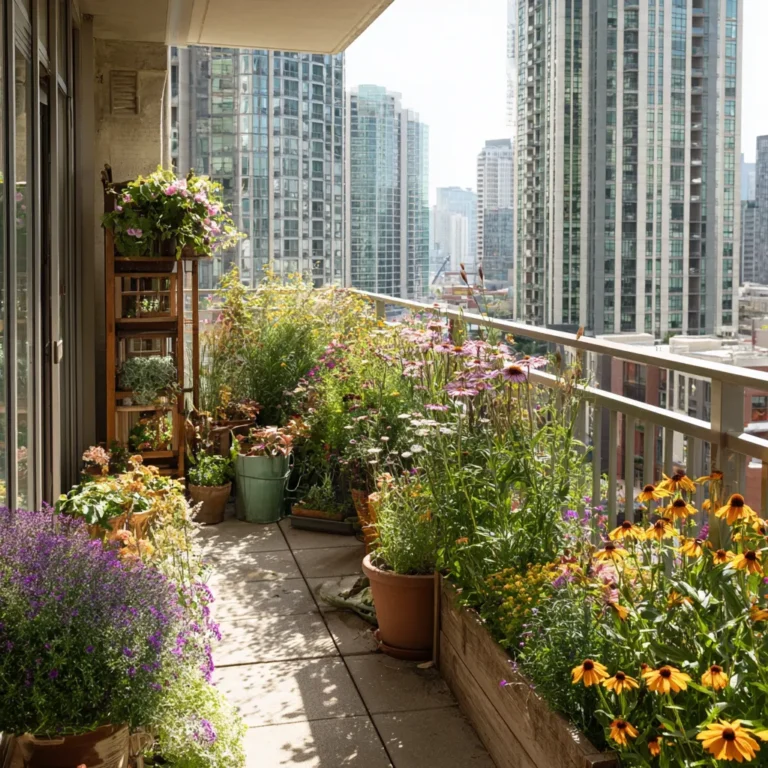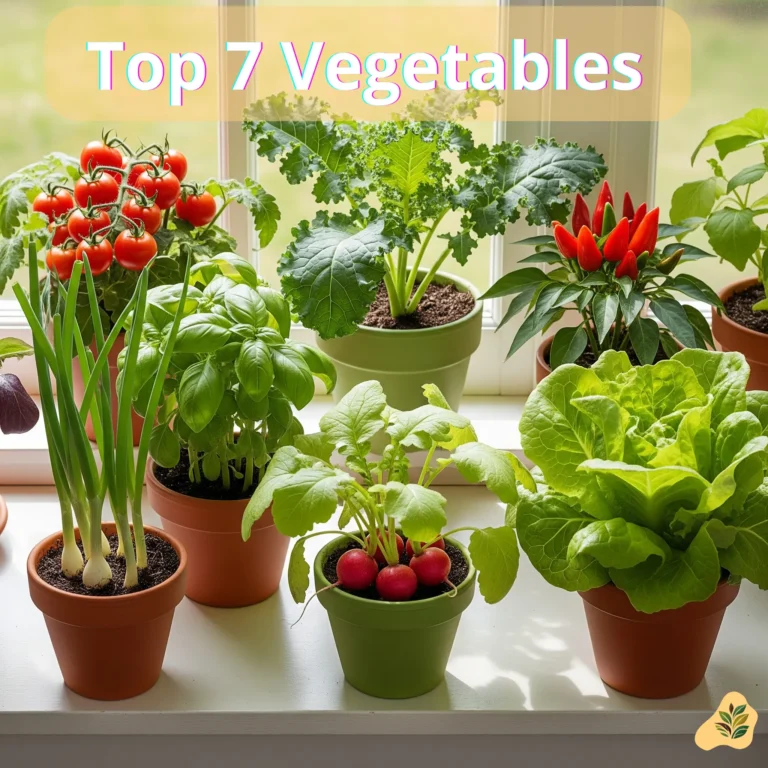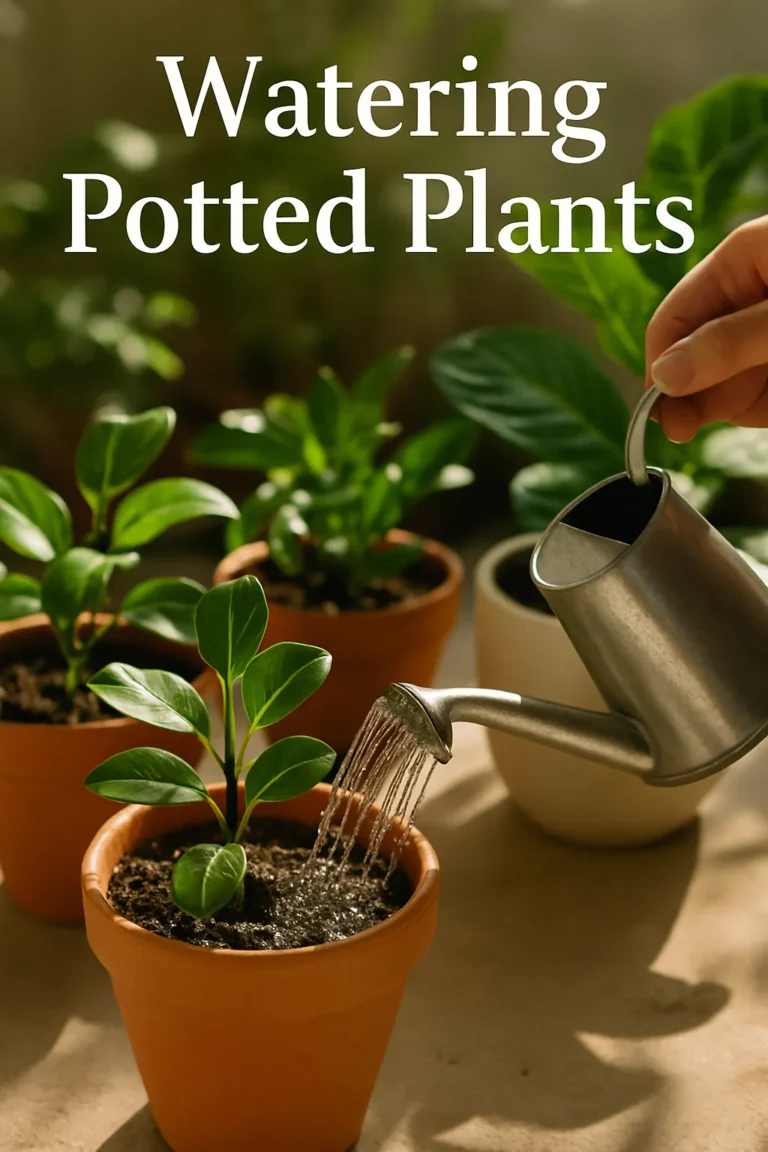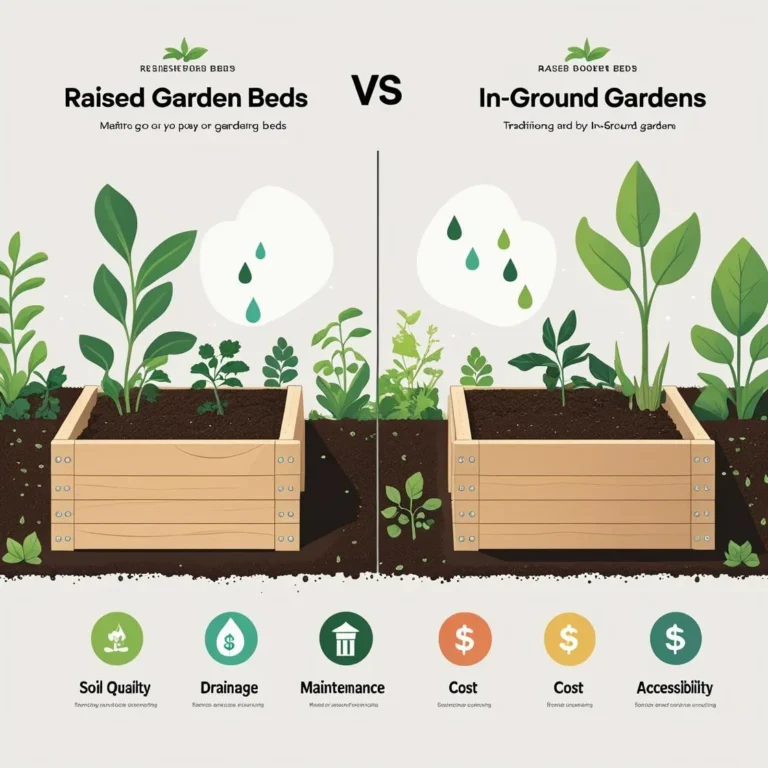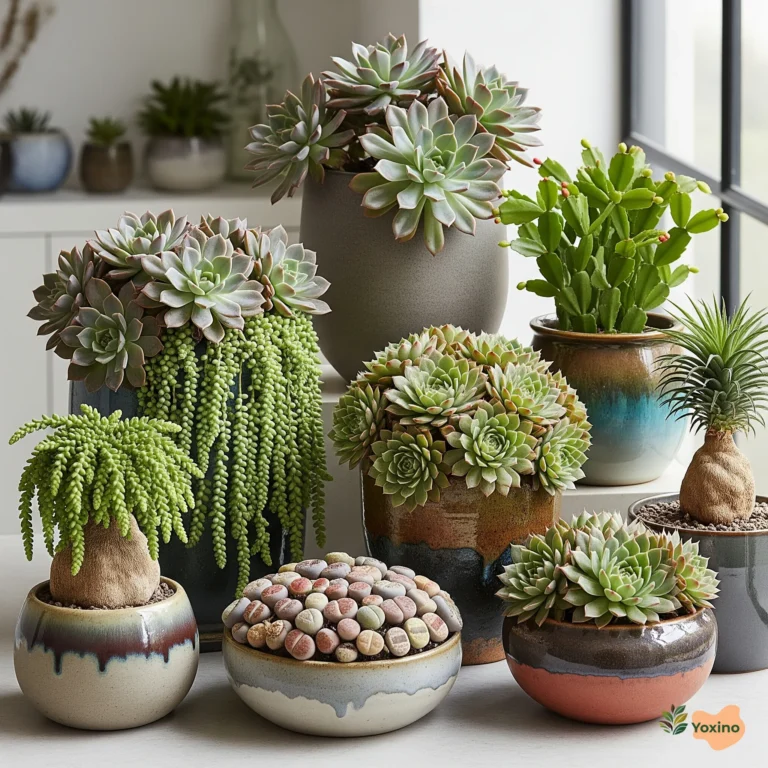Top Vegetables for Raised Beds
Introduction 🌱
Ready to turn your backyard into a fresh, edible oasis? Raised garden beds are a fantastic way to do it! They offer the perfect environment for growing produce, giving you complete control over soil quality, better drainage, and far fewer weeds to pull. If you’re wondering what to plant, you’re in the right place. We’ve curated a list of the top vegetables for raised beds that are easy to grow and deliver amazing results.
Whether you’re a seasoned gardener or just starting your small space vegetable gardening journey, these crops are practically guaranteed to thrive in the rich, fluffy soil of a raised bed. Let’s dig in and discover the best crops to plant this season!
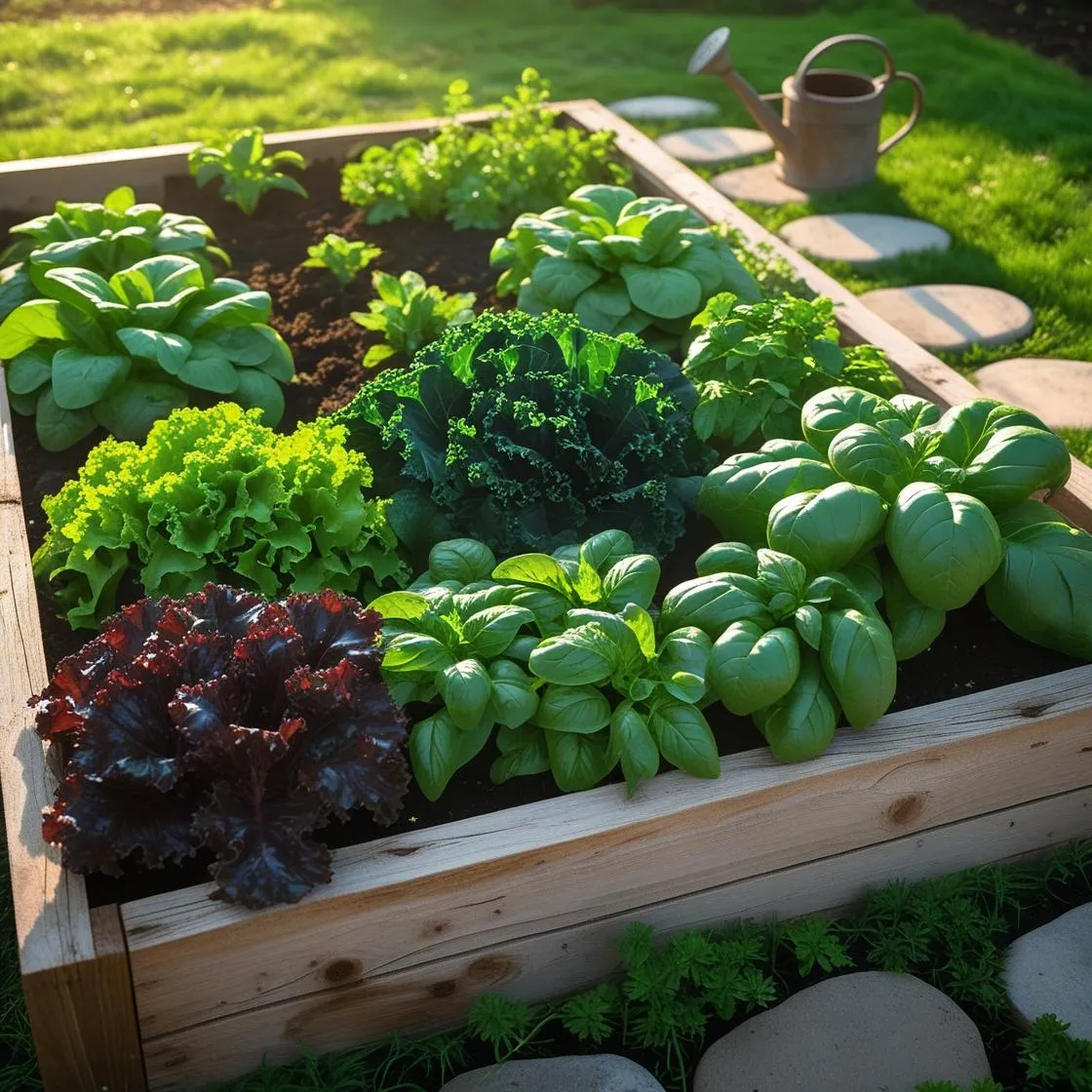
Best Vegetables for Raised Beds 🥕
One of the greatest joys of raised bed gardening is how many different plants you can grow in a compact space. Here are some of the absolute best crops for raised beds, perfect for beginners and experts alike.
🥬 Lettuce & Leafy Greens
Lettuce grows incredibly fast and has shallow roots, making it an ideal candidate for raised beds. You can plant seeds densely and use the “cut-and-come-again” method to enjoy fresh salads for weeks.
- Tip: Harvest the outer leaves first to allow the plant to continue producing from the center.
🥕 Carrots
Have you ever tried to grow carrots in dense, clay soil? It’s a challenge! Raised beds solve this problem by providing the loose, rock-free soil that carrots need to grow long and straight.
- Tip: Choose shorter varieties like ‘Paris Market’ or ‘Danvers’ if your bed isn’t very deep.
🌶️ Peppers
Peppers, both sweet and hot, love warm soil, and raised beds heat up faster in the spring than in-ground gardens. This extra warmth encourages strong growth and a more abundant harvest.
- Tip: Stake your pepper plants early to support them once they become heavy with fruit.
🍅 Tomatoes
Tomatoes are a garden favorite, and they flourish in the well-drained environment of a raised bed. The controlled soil helps prevent common issues like blossom end rot. Both bush (determinate) and vining (indeterminate) varieties work well.
- Tip: Prune the lower leaves and “suckers” to improve airflow and direct energy toward fruit production.
🧅 Onions & Garlic
Onions, garlic, and shallots thrive in the fluffy, well-drained soil that raised beds provide. This environment prevents the bulbs from rotting, which can be a problem in soggy, compacted ground.
- Tip: Plant onion “sets” (small bulbs) instead of seeds for an easier and faster harvest.
🥒 Cucumbers
Whether you let them trail over the side or train them up a trellis, cucumbers are fantastic vegetables for raised garden beds. Trellising not only saves space but also keeps the fruit off the ground, resulting in cleaner, healthier cucumbers.
- Tip: For smaller beds, look for compact “bush” cucumber varieties.
🌱 Spinach
As a cool-season crop, spinach is one of the first things you can plant in the spring and one of the last you can harvest in the fall. It grows quickly and produces tender, delicious leaves.
- Tip: Provide consistent water to prevent the leaves from becoming bitter.
ing helps improve yield and pest control! Try planting marigolds with your tomatoes or basil near your peppers.
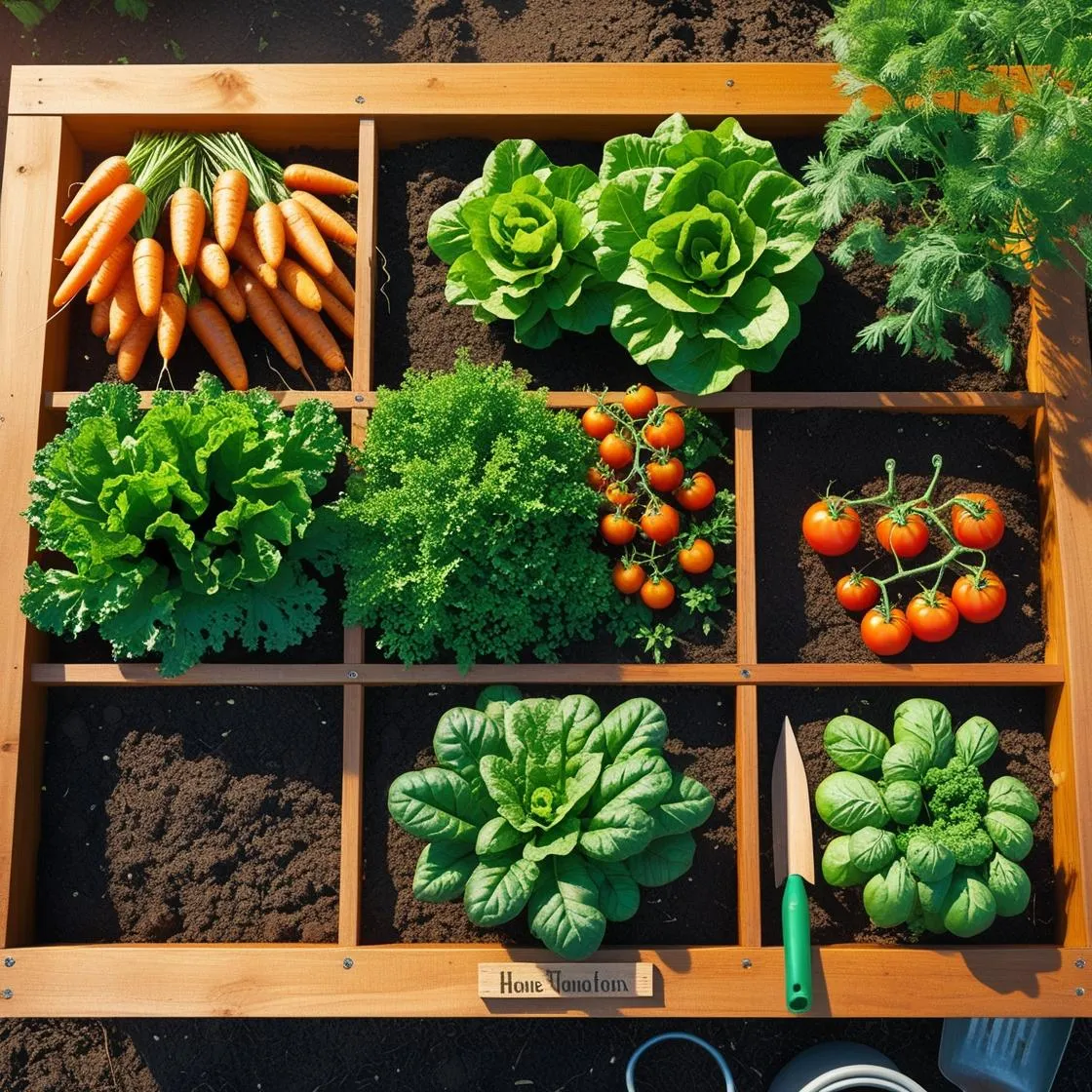
🫘 Bush Beans
Bush beans are one of the most easy vegetables to grow. They don’t require any staking, mature quickly, and actually enrich the soil by fixing nitrogen. They are perfect for filling in gaps in your raised bed.
- Tip: Sow seeds every two weeks for a continuous harvest throughout the summer.
📌 Pro Tip: Companion plant
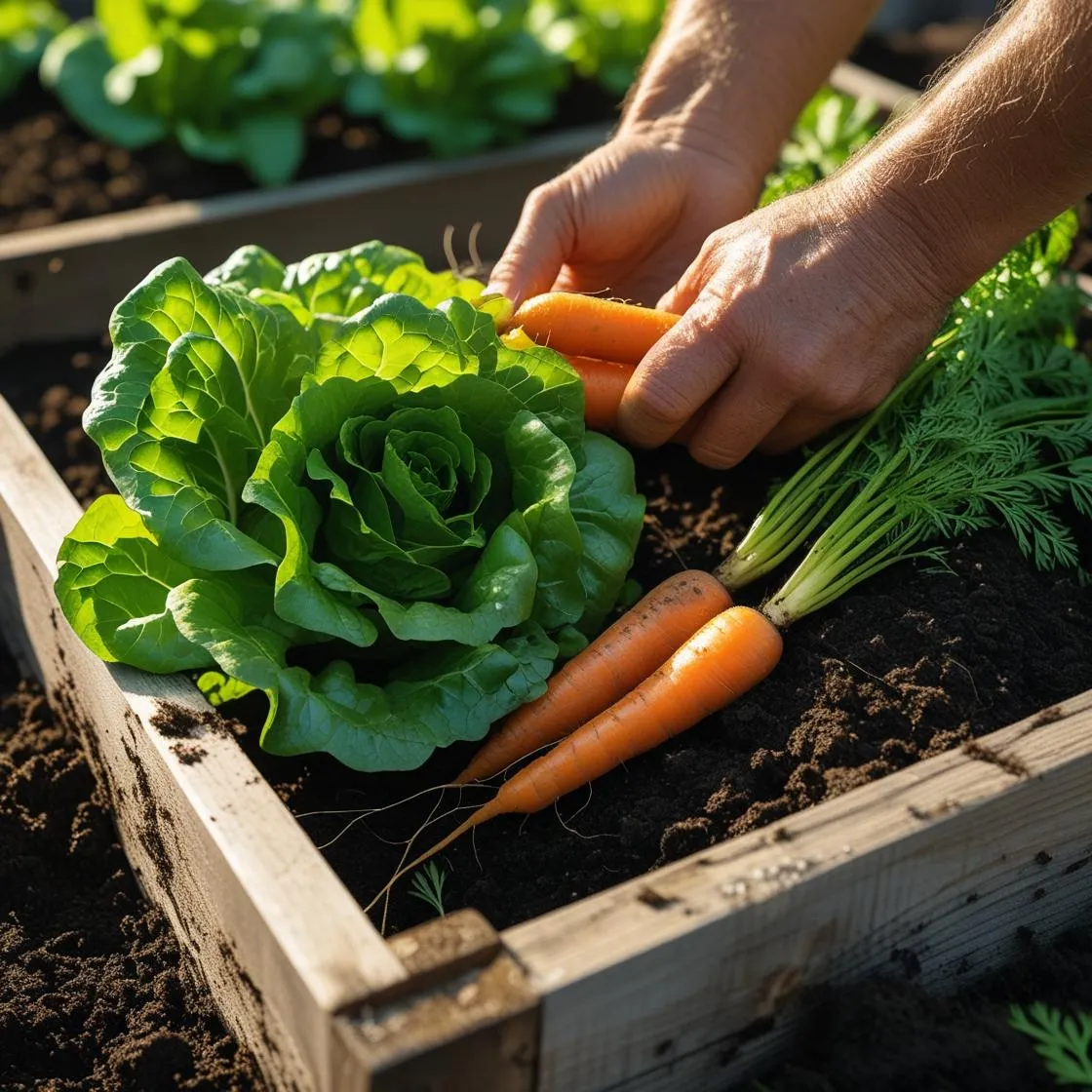
Quick Raised Bed Planting Tips for Success 🌞
To get the most out of your garden, follow these simple raised bed planting tips:
- Sunlight is Key: Ensure your raised bed is in a spot that receives at least 6-8 hours of direct sunlight per day.
- Feed Your Soil: Start with a high-quality soil mix rich in compost. Top it off with fresh compost each season to replenish nutrients.
- Mulch, Mulch, Mulch: Apply a layer of straw or shredded leaves around your plants. This helps retain moisture, keep the soil cool, and suppress weeds.
- Water Consistently: Raised beds can dry out faster than in-ground gardens. Check the soil daily and water deeply when the top inch feels dry.
- Rotate Your Crops: Avoid planting the same vegetable family in the same spot year after year. This simple practice helps prevent soil-borne diseases and pest infestations.
🌿 Don’t forget to rotate crops each season to keep your soil healthy and productive!
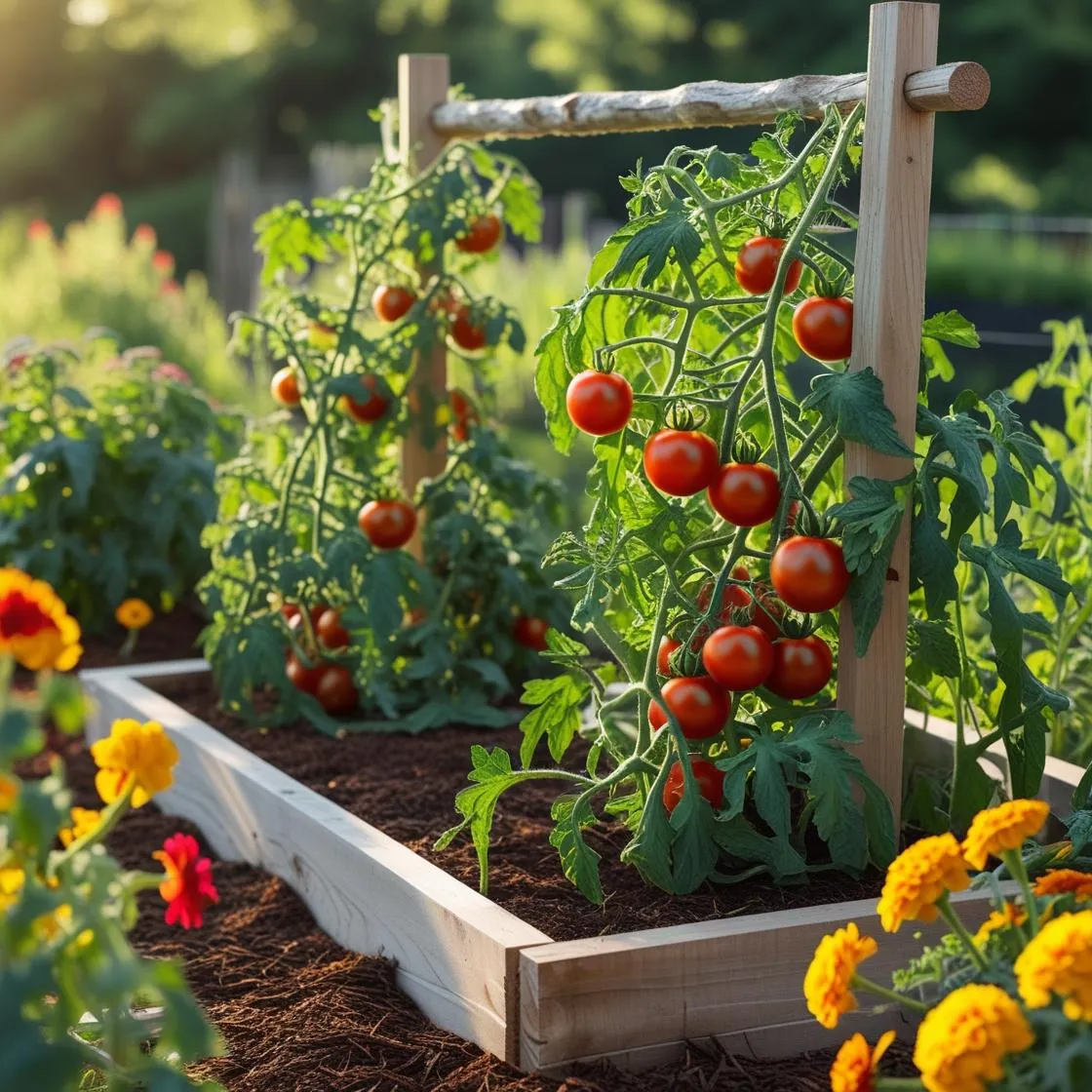
Conclusion 🌻
Raised beds are a gateway to a more productive, enjoyable, and accessible vegetable gardening experience. By choosing the top vegetables for raised beds, you set yourself up for a season of success and delicious, homegrown food.
Start with a few easy-to-grow favorites like lettuce, bush beans, or carrots, and don’t be afraid to experiment as you gain confidence. The beauty of gardening is in the journey!
What are your favorite vegetables to grow in a raised bed? Share your successes and tips in the comments below

